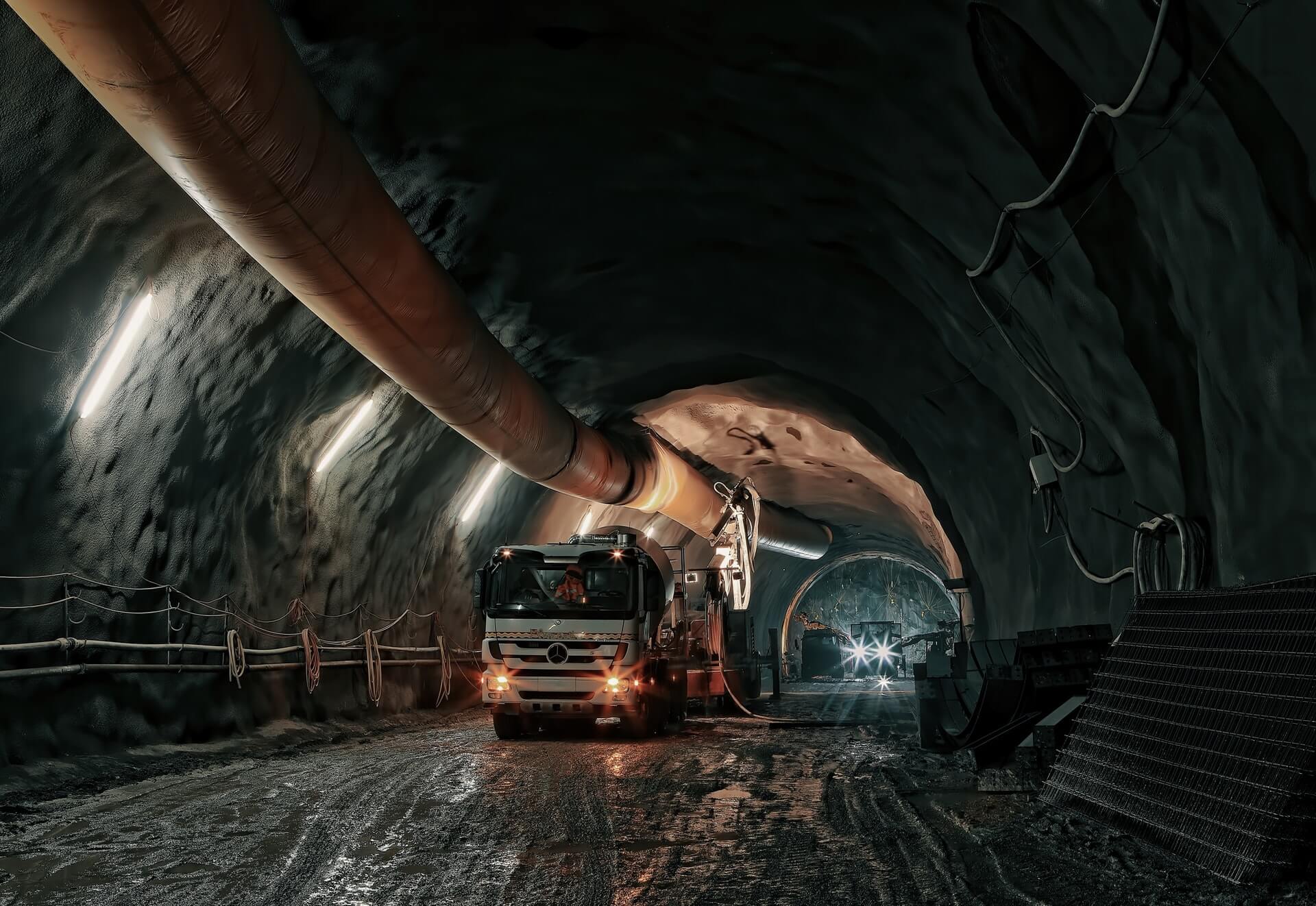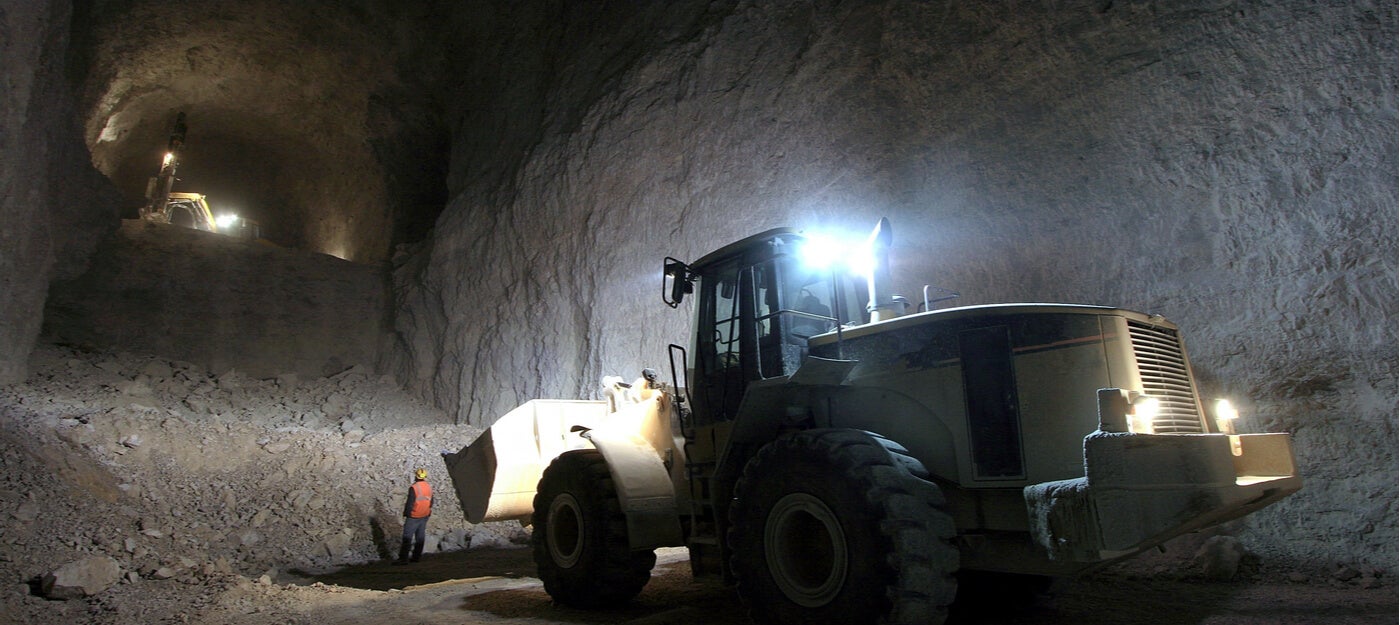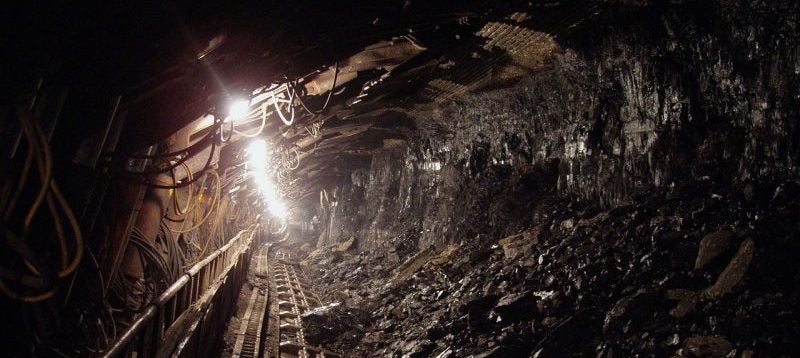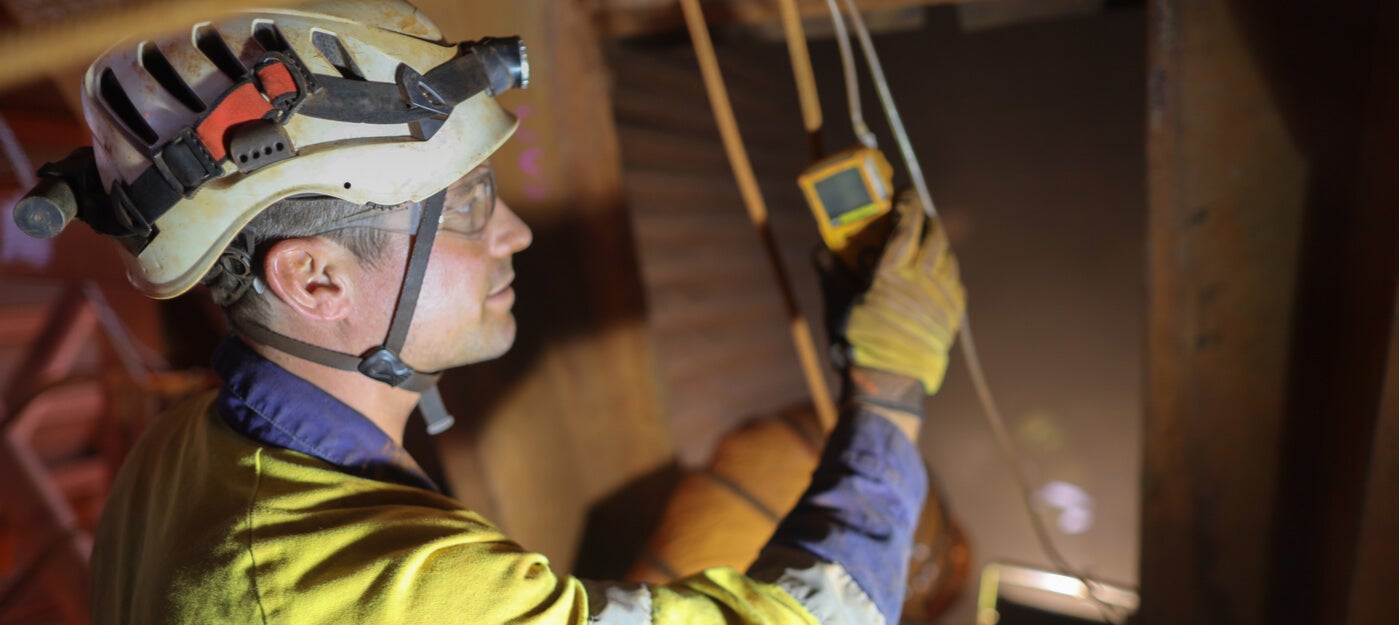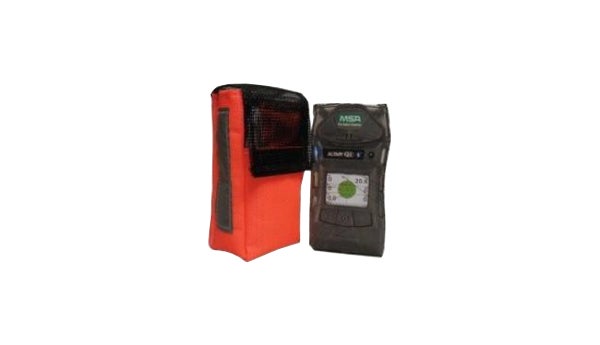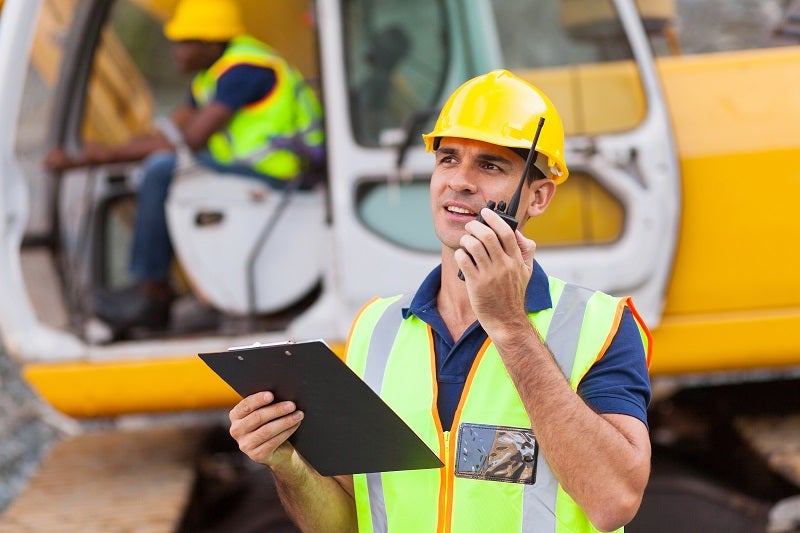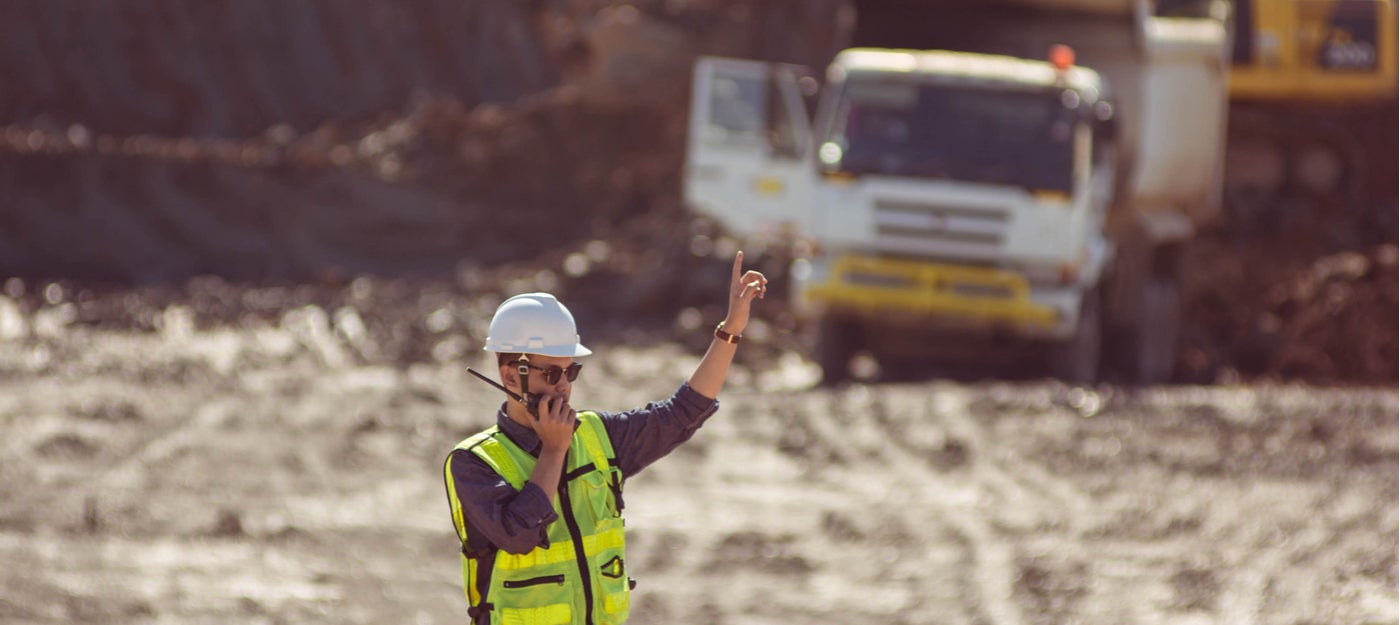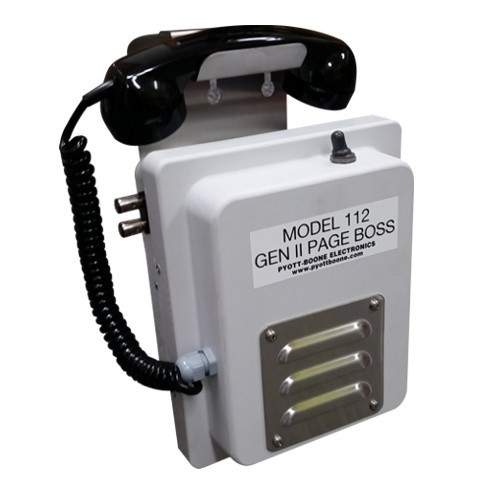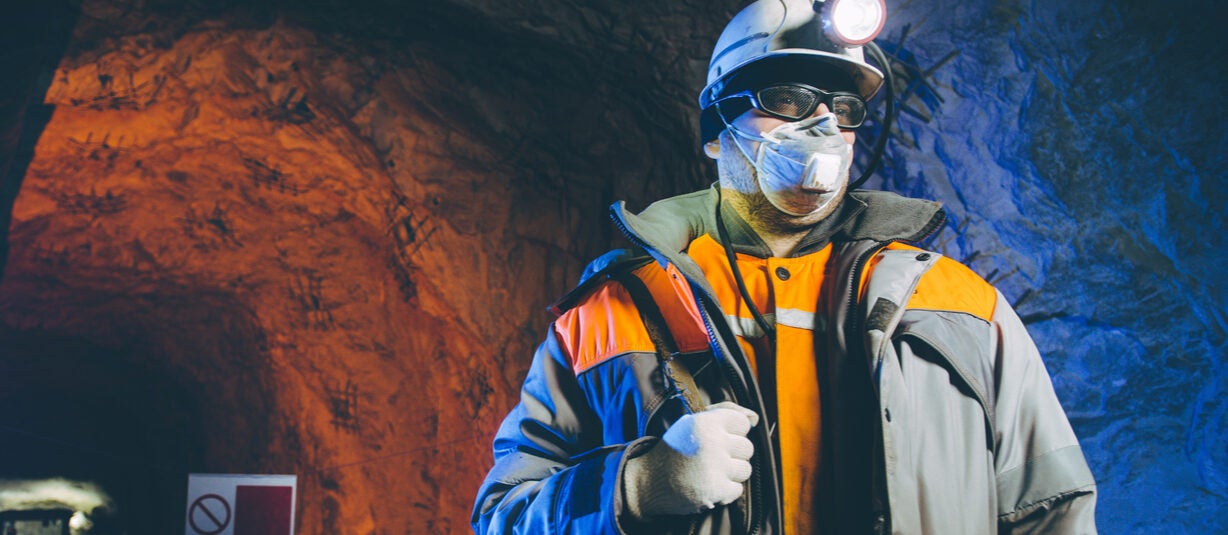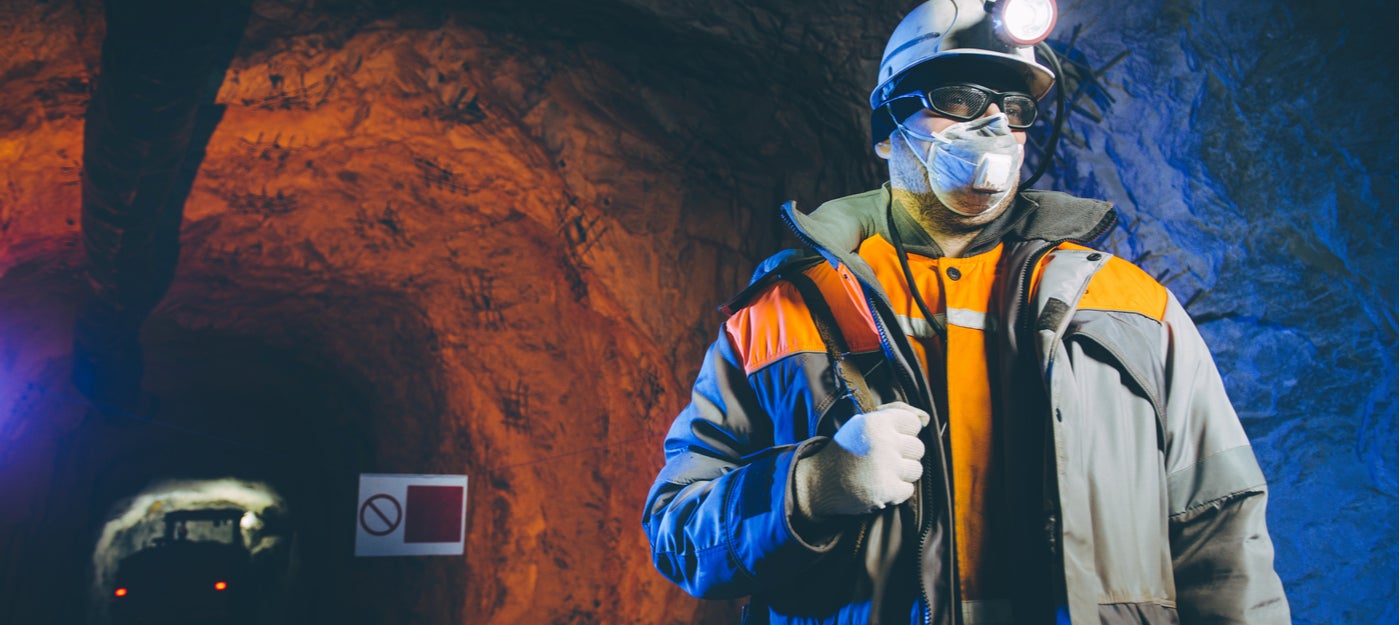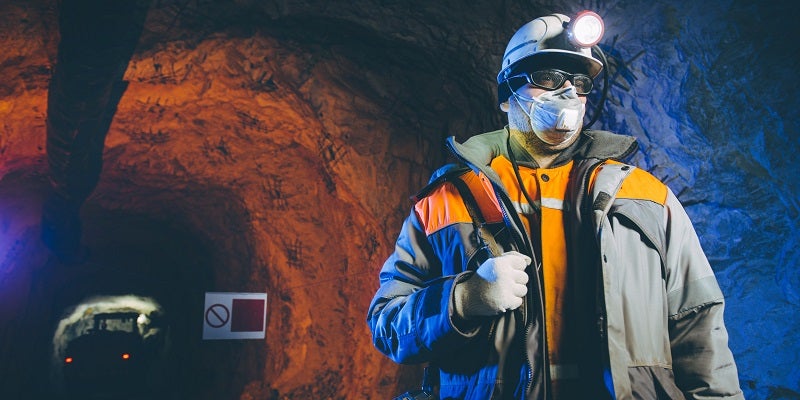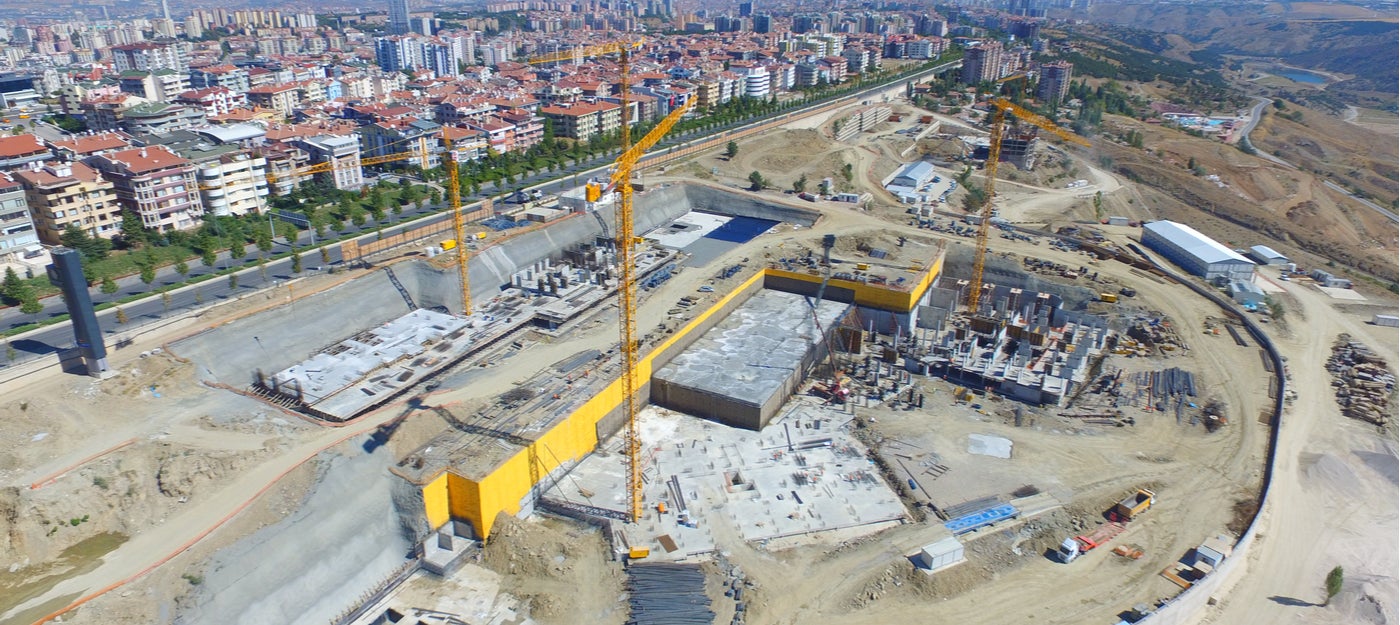
The above concern is not just an inconvenience for everyday two-way radio and mobile phone users; it can also affect life-saving communication to those who work in hazardous conditions such as mines, tunnelling systems, existing buildings and new construction projects.
Many authorities are now setting standards for connectivity and emergency responder coverage as a prerequisite for obtaining certificates of occupancy for new buildings.
One solution is the use of distributed antenna systems (DAS) and equipment which can also be very beneficial to the mining and tunnelling industries.
DAS for mines, tunnels and buildings are an organisation of spatially placed antennas, coax, and splitters that provide radio frequency (RF) coverage within a structure or geological area that does not have adequate signal levels.
How do DAS for Mines, Tunnels and Buildings Work?
Antennas are attached to a bi-directional amplifier which boosts the RF signal that it receives from the donor antenna and transmits out the network of coax and antennas to provide RF coverage as needed.
DAS can either be active or passive. In an active system, the signal is distributed through fiber optic cables to remote units which then distribute the signal to the mining antennas to amplify and boost signals along the route as required.
A passive DAS, on the other hand, simply uses bi-directional amplifiers, coax, splitters and diplexers to distribute the RF signal as needed.
Carroll Technologies’ DAS and leaky feeder radio communication solutions
Carroll Technologies works in partnership with several manufacturers to provide various communication solutions for mining, tunnelling, and buildings, including DAS and leaky feeder radio communications systems.
Companies such as G-Wave Solutions, SOLID, Wilson Pro, SureCall and Pyott-Boone are among those that provide state-of-the-art communications for these industries.
Carroll Technologies has been a leader in the North American mining trade for over 40 years and provides a wide range of essential mining safety equipment to over 800 mines across the country.
The company’s diversified communications solutions provide mining, tunnelling, and construction industries with smooth wireless radio communications that connect individuals on the surface with those underground, ensuring everyone can remain in touch at all times.
Customers can also reach out to the 24/7 support team, where highly skilled staff are on hand to provide technical support and same-day delivery for products and parts required from a network of 13 distribution centres across North America.

